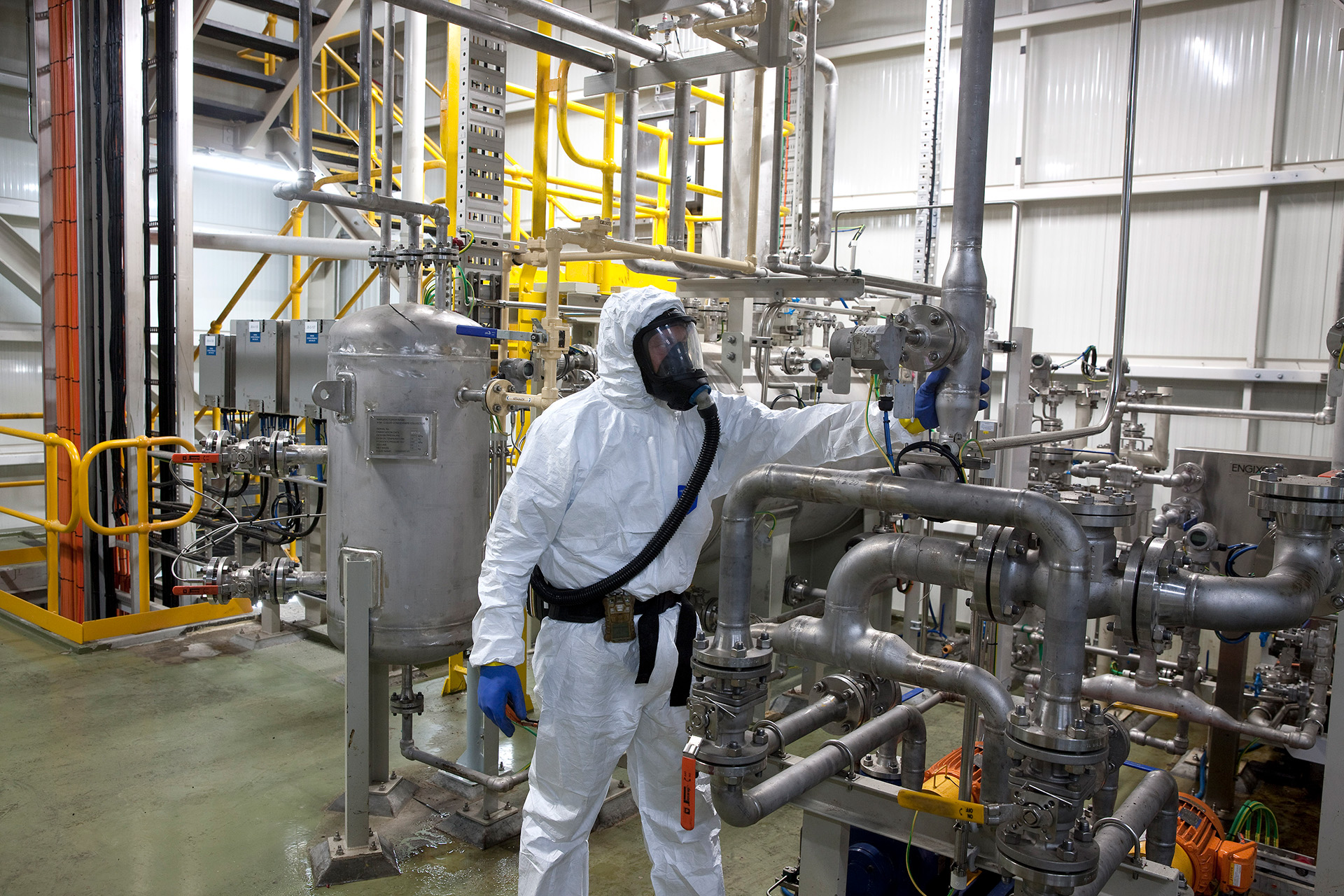Upcycling is the process of turning waste, often of the sort that is usually considered “unrecyclable”, into something that is useful or of value.
A popular form of upcycling involves creating art with items of waste, and the results can be spectacular. They can also be practical, as Fennell’s bus shelter made out of a real school bus shows. But beauty is in the eye of the beholder, fashions change with the wind and exceptional artists are few and far between. Many bits of junk simply get “upcycled” into a different form of junk that will find its way into landfill within a short space of time, so it’s worth asking the question:
What Makes For Good Upcycling?
Upcycling serves many purposes, and one of those is to improve the state of the environment. Here are some things to keep in mind:
- Longevity – how long will the upcycled item be kept out of the waste stream?
- Replacement – will the upcycled materials replace the use of new materials?
- Education – does the upcycled work make a point that will encourage us to change our wasteful ways?
- Utility – is the upcycled item useful? Does it fulfil a genuine need?
- Recyclability and reusability – can the upcycled item be recycled or further upcycled when it is no longer needed in its current form?
- Volume – does the upcycling activity put a significant dent in the volume of waste stream that it comes from?
It may be difficult for any one example of upcycling to tick all these boxes but we don’t have to look too far to find highly imaginative examples of good upcycling.
The Art Of Upcycling
While many art and craft projects only provide waste with a short respite from the rubbish bin, art can be a good form of upcycling. Susan Stockwell uses e-waste to great effect, creating a visual impact that makes us think about the legacy we are creating. While it is likely to grace galleries for a long time, her work retains its recyclability through its minimal transformation from its original state.
Humans have probably been upcycling clothing and fabrics since the dawn of civilisation. Creating colourful quilts out of scraps of fabric is an old and practical favourite, as is giving a new purpose to old suitcases and computer monitors.
One area where large quantities of waste can be upcycled is building. It seems there’s no end to the old materials that people have incorporated into houses, from tyres and bottles through to timber pallets, shipping containers, aircraft parts and hubcaps!
Upcycling Vs Recycling
Upcycling versus recycling – is there really much difference? Recycling often involves some degree of physical transformation; melting, re-forming or purification. Upcycling is more akin to re-using.
Keeping waste in its current physical state and turning it into something useful makes a lot of sense. Upcycling is a companion to recycling, not a replacement for it. In a world of ever-increasing volumes of waste, it’s important that we strive to turn all types of waste into resources, by whatever means available.
For waste containing mercury and other dangerous materials, such as batteries, lighting, and e-waste recycling solutions are the best solution.
Solutions For Large Scale Recycling
If you’re a business dealing with larger quantities of battery, lighting or electronic waste, then recycling is often a much better option. Get in touch with us on 1300 32 62 92 or fill out the form below, and one of our experts will be pleased to design an integrated recycling solution for your business.






